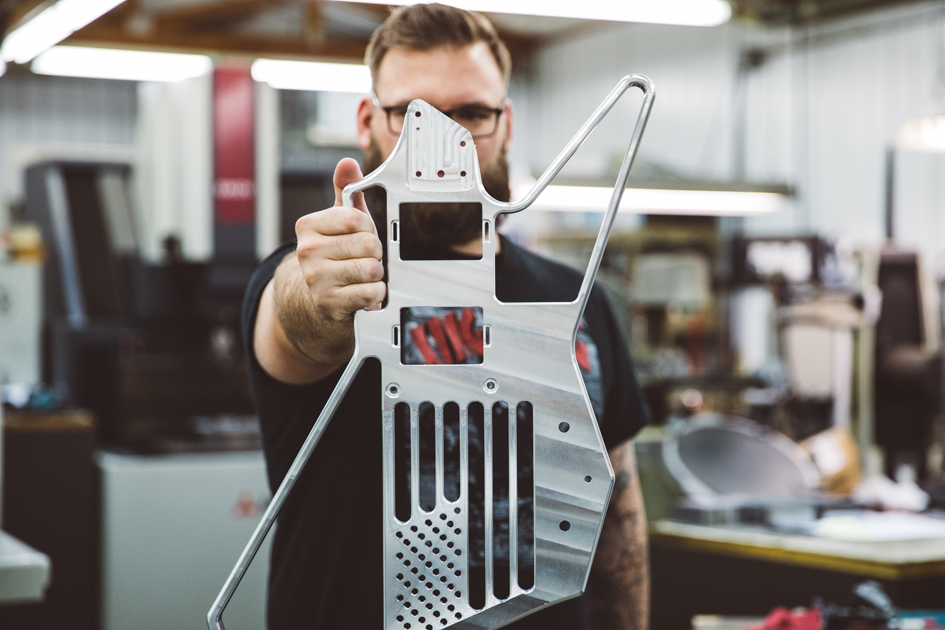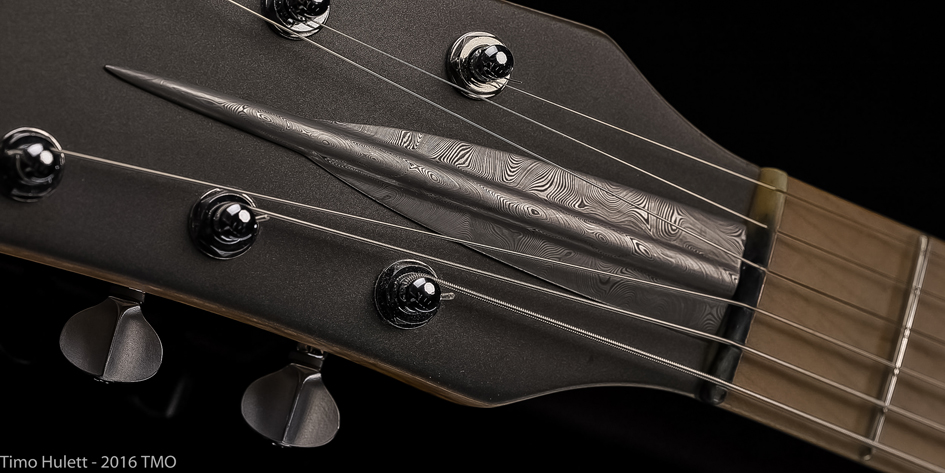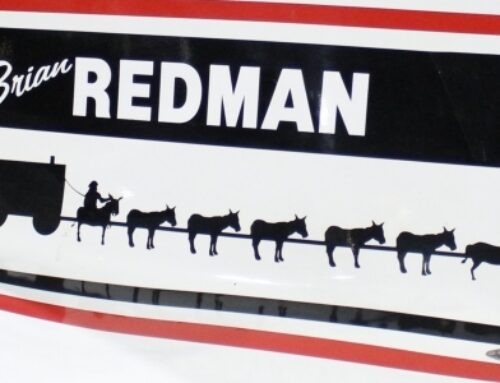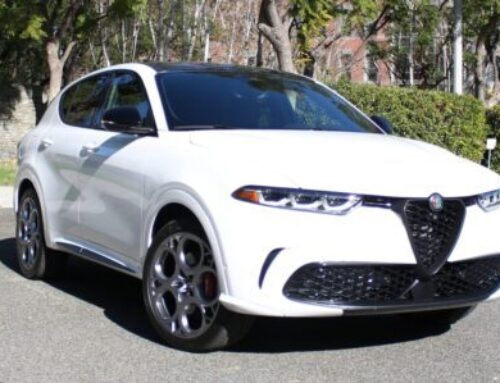article and images by Timo Hulett
The 2016 NAMM show isn’t just another run-of-the-mill convention. NAMM is the world’s largest music industry trade show. Held annually in January in Anaheim, California, the event attracts buyers, sellers, manufacturers and the media from around the world. NAMM, like its automotive counterpart, SEMA, is a trade only event and is closed to the public.

Clearly, anyone can see the influence of the automobile on the music industry. Song lyrics, for example, of some very popular rock and roll songs, whether it’s ‘Hot Rod Lincoln’, ‘Little Deuce Coupe’, ‘Hey Little Cobra’, ‘Red Barchetta’ or ‘Little Red Corvette’, show that cars and music have a very special relationship.
There are numerous influences regarding design, tooling and material choices that are being shared between the automotive design industry and the music industry.
For many years the automotive industry has been using CNC. Computer Numerical Control has been around since the 1970s, known as NC until the computers were introduced. These machines, produced by companies like tsinfa.com, has been partly responsible for the present state of automotive efficiency in everything from design to manufacturing engines.
Haas Automation Inc. is a CNC machine tool builder with an extensive history manufacturing in the aerospace and automotive industries. At NAMM, where all types of musical instruments fill the massive exhibit halls, the Haas CNC equipment sticks out like a sore thumb.
Focusing on guitar manufacturing, luthiers over the past 20 years had to come up with creative ways to compete with the big three guitar manufacturers (Fender, Gibson and Rickenbacker).
One of the ways the smaller companies have been able to make up ground is to use technology.
660 GUITARS is one of those smaller companies that has taken this idea to build its own special niche. The guitar bodies are CNC machined and made from 100% aircraft aluminum. Also, the company uses graphite/carbon fiber necks and powder-coated parts. Operating out of Gilmer, Texas, 660 GUITARS boasts that their instruments are 100% made in the USA.
Another small guitar builder within this niche is OZZtosh Luma Guitars out of Spring Valley, California. Brian Ostosh, a retired aerospace designer and machinist, owns the company.
The OZZtosh Luma electric guitar is milled of two 35-pound blocks of aircraft grade 6061 T6 billet aluminum. The properties of its aluminum billet architecture give these guitar very distinct advantages. According to Brian “CAD and CNC machining-a product of the digital age-is yet another contributor to the consistency of the finished guitar body. Each guitar body is reproduced exactly from instrument to instrument. Aluminum can be coated with any organic finish used in wood products. In addition, it will take on chemical finishes suitable only for metal: anodizing, powder-coating, electroplating, etc.”
Using CAD/CAM software in conjunction with CNC machining gives the guitar designer/builder the chance to reach their desired production level. When it comes to precision machining, equipment and methods like wire edm are the sorts of things companies will want to consider for their products. For some builders, using this process actually raises the level of their game. By using the CAD/CAM programs, builders are able to eliminate design flaws, thus saving materials and time. The benefit of repetitive component manufacturing is that every guitar build is as aesthetically perfect as the first one.
A good example of how CNC technology is being used to produce a very beautiful and expensive custom guitar comes from Sauvage Guitars.
The “One-Piece Master”, is cut from a 100+ year old olive ash burl wood at Sauvage Guitars in France.
Sauvage reasons that the best way to pay respect to this beautiful piece of wood is to push the envelope of design. Along with sharing CNC technology, Sauvage also utilizes automotive paint and finish technology.
The Tudor Gray finish is inspired by the “Classic Car Colors” collection by Glasurit, a paint line of BASF. The color was made famous by French luxury car manufacturer FACEL VEGA on the notorious 1958-1961 HK-500. Please don’t get the wrong impression, this guitar build is a combination of high-tech tools and many hours of old artisan hand craftsmanship.
The Sauvage “One-Piece Master” is largely inspired by the love of automotive design. According to Blaise Rodier, spokesman for Sauvage Guitars, “when designing the ‘One-Piece Master’, we were strongly influenced by the car industry; especially the luxurious cars like the Bugatti, Porsche and some French brand as well called Facel Vega. If you compare for example, the rear window of the Bugatti Veyron and our pickup screen, you will see some of the influences there.”
Just to complete the picture, look at the other special features. The nut at the top of the headstock is made of a woolly mammoth fossil horn, which is softer than regular bone and pre-ban elephant ivory. This unusual material provides a mellow tone that balances out the natural brightness of the wood. The bridge is made from a Damascus steel billet, the same steel used for luxury blades and swords and prized for its beauty and density.
The similarities and influence from the luxury automotive industry don’t stop with the design and manufacturing, it is also reflected by the price-you can have this fabulous piece of art for 60,000 euros or 66,882.00 USD. Or, you could buy a new Mercedes-Benz CLS Coupe. Decisions, decisions.




































